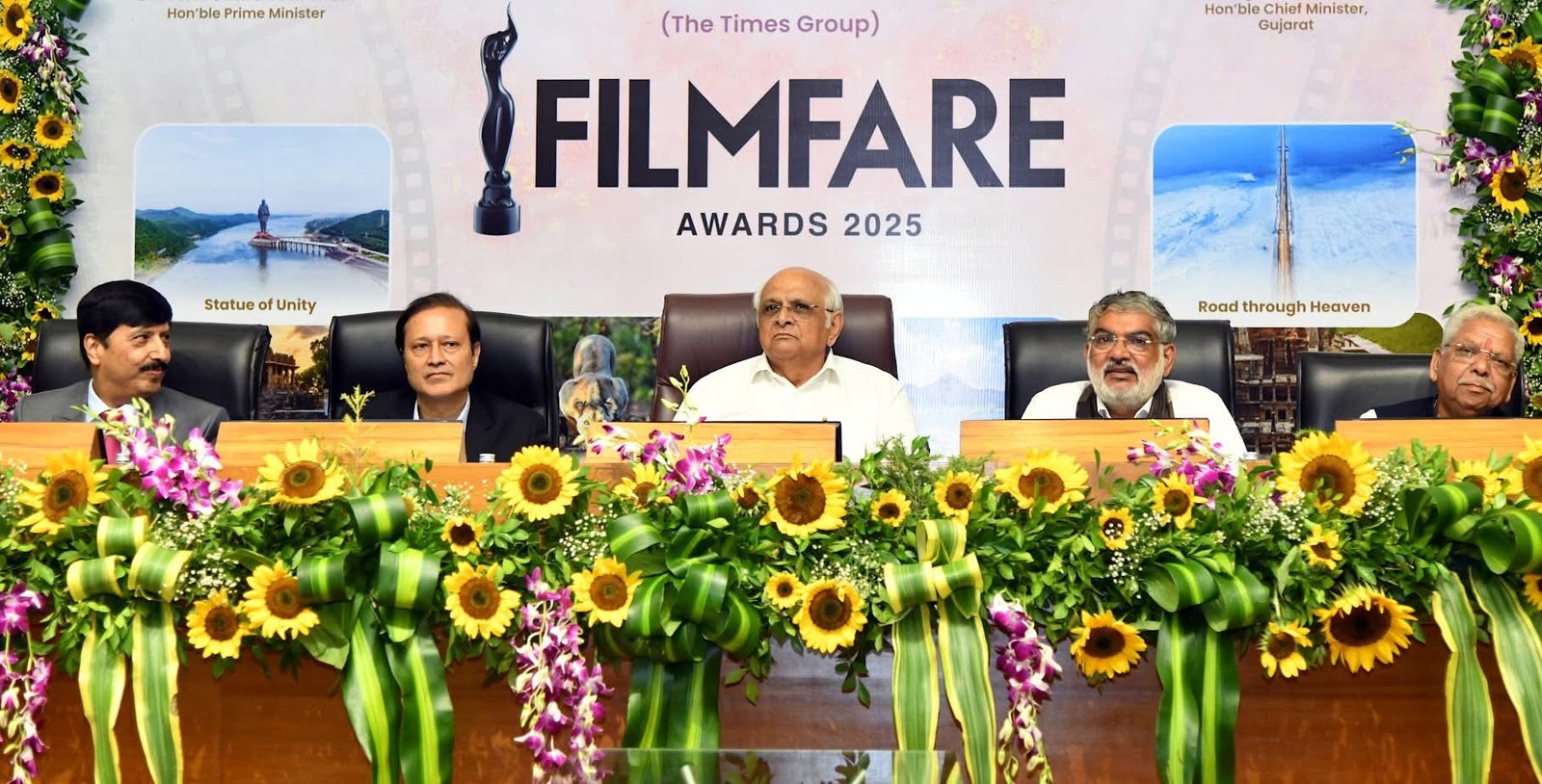Kadi Bypoll: A Caste Conundrum for Gujarat’s Political Giants
In the heart of Gujarat’s Mehsana district, the Kadi assembly seat has emerged as a political crucible, where caste dynamics and strategic maneuvering are set to define the upcoming bypoll. Scheduled for June 19, with results to be announced on June 23, the Kadi bypoll—alongside Visavadar—has thrust the state’s political titans, the Bharatiya Janata Party (BJP) and the Indian National Congress, into a delicate dance of caste-based calculations. The untimely demise of BJP’s sitting MLA, Karshan Solanki, in early 2025 has left the seat vacant, transforming Kadi into a battleground where every decision risks igniting community tensions.
A Legacy of Caste-Driven Politics
Kadi, designated as a Scheduled Caste reserved seat since 2012, has long been a microcosm of Gujarat’s complex social fabric. Caste equations have historically shaped its electoral outcomes, with political parties meticulously calibrating their candidate selections to appeal to key communities. The seat’s electoral history reflects this intricate interplay: in 2012, Congress’s Ramesh Chavda secured a decisive victory over BJP’s Heetu Kanodia, only to lose to BJP’s Karshan Solanki in 2017. Solanki solidified his hold in 2022, defeating Congress’s Praveen Parmar. Now, with Solanki’s passing, the vacancy has reignited fierce competition, forcing both parties to navigate a minefield of caste loyalties and voter expectations.
Gujarat’s 13 reserved Scheduled Caste seats are a critical arena for political dominance. In the 2022 assembly elections, the BJP cemented its grip, securing 11 of these seats—eight from the Wankar community, two from the Rohit community, and one from the Extremely Backward Classes (EBC). Congress, by contrast, managed only two. In Kadi, both parties have historically leaned on Rohit Samaj candidates, as seen in 2017 and 2022, to consolidate support. However, the 2025 bypoll demands an even more nuanced approach, as any misstep could alienate influential caste groups and fracture carefully cultivated voter bases.
The Candidate Conundrum
The selection of candidates for Kadi is proving to be a headache for both the BJP and Congress, as they grapple with balancing caste representation with political viability. In 2022, the BJP faced an astonishing 87 contenders vying for the Kadi ticket, only for the party to unexpectedly retain Karshan Solanki at the eleventh hour. This time, the race is no less crowded. Among the frontrunners for the BJP nomination are Piyush Solanki, the late MLA’s son, who carries the weight of his father’s legacy, and Kajal Mehria, a popular singer whose appeal could resonate with younger voters. Their claims have been formally presented to party observers, signaling a fierce internal contest.
Congress, meanwhile, is contending with its own roster of aspirants. Ramesh Chavda, a former MLA with a proven track record in Kadi, is eager to reclaim the seat, while Praveen Parmar, who challenged Solanki in 2022, is also in the fray. Both candidates bring experience but face the challenge of unifying diverse caste groups under the Congress banner in a constituency where the BJP has held sway.
A High-Stakes Balancing Act
The stakes in Kadi extend beyond mere electoral victory. Both parties are acutely aware that their candidate choices could ripple across Gujarat’s political landscape, particularly among Scheduled Caste communities. The Wankar and Rohit communities, alongside other smaller groups, hold significant sway, and any perceived slight could erode support in future elections. The BJP’s dominance in reserved seats gives it an edge, but Congress sees an opportunity to exploit potential discontent and reclaim ground in a state where it has struggled to counter the BJP’s juggernaut.
Adding to the complexity is the timing of the bypoll, which coincides with other local elections, such as Gram Panchayat polls in select Gujarat talukas, which have been postponed to avoid overlap. The intense focus on Kadi underscores its symbolic and strategic importance, as both parties vie to project strength in a region where caste and community ties remain paramount.
The Road Ahead
As the June 19 polling date approaches, Kadi’s bypoll is shaping up to be a litmus test for BJP and Congress’s ability to navigate Gujarat’s intricate caste dynamics. The BJP, buoyed by its organizational strength and historical success, must ensure its candidate resonates with both traditional supporters and emerging voices. Congress, on the other hand, faces the uphill task of capitalizing on any BJP missteps while rallying its fragmented base.
For the voters of Kadi, the bypoll is more than a contest between candidates—it’s a reflection of their community’s place in Gujarat’s political tapestry. As Piyush Solanki, Kajal Mehria, Ramesh Chavda, Praveen Parmar, and others vie for the spotlight, the outcome on June 23 will reveal not only the winner but also the enduring power of caste in shaping India’s democratic landscape.




